
Elizabeth Fay, MS, RD, CSPCC, LD, CNSC
Nutrition plays a critical role in supporting our physical health, but research has also shown the powerful impact it can have on our mental health. As we know, a full wellness approach can support the mind and body, so taking into account physical activity, stress reduction techniques such as yoga or meditation, as well as nourishing nutrition can help to fully support your health. Let’s review the recent literature together to learn more about the correlation between nutrition and mental health and which steps you might like to take to better support your wellness goals.
When it comes to mental health, major depression is one of the most common psychological diagnoses. In 2020, approximately 21 million US adults had experienced at least one major depressive episode. People with major depression tend to have high levels of monoamine oxidase (MAO) in their brain. When the body has excess monoamines, which are a type of neurotransmitter such as dopamine and serotonin, MAO is the enzyme that breaks down these excess neurotransmitters. Unfortunately, for people with major depression and therefore potentially high levels of MAO, serotonin and dopamine levels can be abnormally low due to the excess breakdown of these neurotransmitters. Fortunately, nutrition research has shown that some foods naturally inhibit MAO activity to prevent excessive breakdown of these important neurotransmitters for psychological regulation. For example, apples, berries, green tea, onions, peaches, and pears all contain phytonutrients that have the ability to inhibit MAO activity. Overall, research  participants who consume more fruits and vegetables demonstrate increased levels of happiness, energy, and an overall sense of calmness compared to control participants. If you are experiencing depression or have in the past, working with your Nuleeu Registered Dietitian one-on-one can be imperative to create a safe, feasible, and realistic nutrition plan together that meets your individual preferences and goals, while taking into account any medications and lifestyle factors.
participants who consume more fruits and vegetables demonstrate increased levels of happiness, energy, and an overall sense of calmness compared to control participants. If you are experiencing depression or have in the past, working with your Nuleeu Registered Dietitian one-on-one can be imperative to create a safe, feasible, and realistic nutrition plan together that meets your individual preferences and goals, while taking into account any medications and lifestyle factors.
Anxiety and other panic disorders are a common diagnosis among US adults. Currently, approximately 40 million US adults experience anxiety or other panic disorders each year. Research has indicated a growing association between omega-3 polyunsaturated fatty acids (PUFAs) and depression and anxiety. Foods rich in omega-3 fatty acids include fish such as salmon, mackerel, and tuna, nuts and seeds including flaxseed, chia seeds, and walnuts, and vegetable oils such as soybean oil and canola oil. As you work with your Nuleeu Registered Dietitian, together you can review if you are consuming adequate amounts of omega-3 PUFAs. Patients diagnosed with anxiety and other panic disorders may also be advised to limit caffeine and alcohol intake. Food and beverage sources of caffeine and alcohol may worsen symptoms of anxiety and panic disorders. Your Nuleeu Registered Dietitian can creatively meet your dietary preferences by 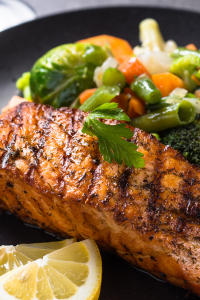 suggesting alternative solutions to meet your needs, while still supporting your taste preferences and matching your lifestyle.
suggesting alternative solutions to meet your needs, while still supporting your taste preferences and matching your lifestyle.
Nutrition has shown that it may play a role in impacting obsessive compulsive disorder (OCD). Researchers have noticed that patients with OCD tend to have lower levels of vitamin B12 and vitamin D, which may demonstrate that vitamin B12 and vitamin D may be involved in the etiology of OCD, as well as the severity of the disorder. Alternatively, researchers have argued that vitamin B12 deficiency or insufficiency may be a side effect of OCD, rather than it having a causational effect. Either way, ensuring adequate vitamin B12 intake regardless of mental health status is vital to prevent deficiency. Food sources of vitamin B12 include animal-based proteins and products, including meat, seafood, eggs, and dairy products. Plant-based vitamin B12 food sources include nutritional yeast and fortified foods, but working with your Nuleeu Registered Dietitian is imperative to ensure adequate amounts of plant-based vitamin B12-rich foods are included in your diet because absorption is impacted by dose and food source. Vitamin D-rich foods include fatty fish such as salmon and eggs, as well as vitamin D-fortified foods such as orange juice and cereal. Your Nuleeu Registered Dietitian can review your intake and work with you individually to make sure you are consuming enough vitamin D-rich foods. Your nutrition specialist can also assist with supplementation recommendations if needed. Of note, research has shown an improved correlation between stress management (specifically yoga) and OCD. Integrating yoga with its many different forms may be something that patients with OCD also consider as part of their lifestyle routine. No matter the reason you may seek a yoga practice, Nuleeu Nutrition and Wellness offers both in-person and virtual yoga classes with all experience levels welcome!
Bipolar disorder has a growing and variable amount of research when it comes to its relationship with nutrition. Some studies have indicated the importance and impact that omega-3 fatty acids may play on the disorder, while other research has shown no correlation. In this case, your Nuleeu Registered Dietitian can provide you with the latest evidence-based research and will take into account your medications, any other diagnoses you may have, as well as your overall nutrient intake in order to provide you with individualized nutrition therapy recommendations.
Nutrition has also proven to play an influential role in optimizing brain health and delaying brain aging. Approximately 5.8 million people are diagnosed with Alzheimer’s disease or related dementias in the United States. Research has demonstrated the association between oxidative stress and chronic, low-grade inflammation as major risk factors for brain aging and dementia. Therefore, antioxidant-rich foods have demonstrated their effectiveness at preventing or delaying the onset of dementia and improving brain cognition. Overall, increasing fruits, vegetables, and nuts have shown to be beneficial in improving cognitive ability. Specific antioxidants that have been of focus in the literature include carotenoids (specifically lutein and zeaxanthin) and flavonoids (specifically anthocyanins). Lutein and zeaxanthin-rich foods include spinach, kale, and collard greens. Berries, red cabbage, plums, and cherries are rich 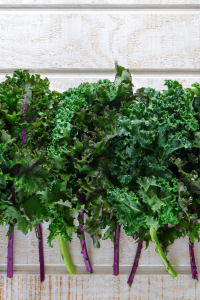 in anthocyanins and can be easy and delicious additions to your meals and snacks. Working with your Nuleeu Registered Dietitian can be supportive when beginning to include antioxidant-rich foods. Together, your dietitian can modify your current recipes and suggest affordable and delicious approaches to increase these foods in your life in a simple manner to optimize brain health.
in anthocyanins and can be easy and delicious additions to your meals and snacks. Working with your Nuleeu Registered Dietitian can be supportive when beginning to include antioxidant-rich foods. Together, your dietitian can modify your current recipes and suggest affordable and delicious approaches to increase these foods in your life in a simple manner to optimize brain health.
For clients looking to focus on their nutrition for attention-deficit/hyperactivity disorder (ADHD), there is a growing body of literature on this topic with still many mixed results and inconclusive evidence. Some studies have demonstrated specific nutrient deficiencies, while other research has shown that suboptimal nutrient intake due to the nature of the disorder may be the cause of the nutrient deficiencies, rather than the deficiencies causing the disorder. Emerging research on the gut microbiome and its influence on ADHD has shown few results, however it may be worth considering probiotics in specific situations. Ensuring a well-balanced, nutrient-rich diet assisted by consistent intake can be one of the most supportive approaches for patients with ADHD. Your Nuleeu Registered Dietitian can provide you with realistic lifestyle modifications that may include reminders and cues to ensure adequate, high quality intake. The dietitian will also keep you up-to-date with the latest evidence and information regarding ADHD and diet. Patients looking to implement an elimination diet, followed by a re-introduction phase should always work with a Registered Dietitian. These clients can greatly benefit from the expertise and guidance of a dietitian given the restrictive nature of these diets and their multifactorial approach to avoid over-restriction, potential deficiencies, and lifestyle disruption.
The importance of regular, consistent intake along with a positive relationship with food has also shown to have a significant impact on our mental health. A positive relationship with your food intake allows for increased meal and snack satisfaction, flavor enjoyment, and adequate and accurate satiation. A relationship with food that needs healing can impact our mental health, as it can contribute to circular, distracting thoughts about food. Equally, the opposite can occur as well. If our mental health has us thinking about foods in a negative context, labeling or judging foods or food groups, or creating any level of guilt, then it can impact our relationship with food. This process can then become cyclical with our relationship with food impacting our mental health and our mental health contributing to our relationship with food. Working with an interdisciplinary team that includes a Registered Dietitian and Licensed Therapist or Psychiatrist or Psychologist can have a profound impact on healing your relationship with food or working through any mental health considerations that may be impacting your relationship with food. We want the experience of eating to be enjoyable for you! We want you to be able to enjoy the taste, texture, fullness, satisfaction, satiety, traditions, memories, and nostalgia that food provides. If this relates to you, working with your Nuleeu Registered Dietitian can help you build an individualized plan to heal your relationship with food.
Many clients may consider turning to supplements to help boost their nutrient intake in order to support their mental health. Unfortunately, supplements are not monitored nor approved for effectiveness by the United States Food and Drug Administration (FDA). Preference may be made towards increasing nutrient intake by choosing whole food sources. Choosing foods rich in specific nutrients helps increase your intake in a safe, satisfying, and often cost-effective manner, while also having the benefit of consuming other nutrients in the food. For example, omega-3 which walnuts also provide fiber, protein, copper, manganese, vitamin E, and magnesium. While an omega-3 rich supplement may only provide the omega-3 fatty acids. Of course working with your Nuleeu Registered Dietitian is vital to create the optimal supplementation plan for you. In some cases, supplements can be safe and may better meet your lifestyle and nutrition needs. Your dietitian can also review any drug-nutrient or nutrient-nutrient interactions to be aware of when choosing foods and supplements to ensure maximum safety and optimal absorption.
Although we have reviewed just a small number of mental health topics and diagnoses, your Nuleeu Registered Dietitian can discuss any mental illness or mental health concerns you may have. Your specialist will take into account your individual needs after reviewing your medical history, current lifestyle, dietary preferences, and eating patterns. Together you will create a safe, realistic, affordable, and delicious individualized plan that supports you to meet your goals and preferences.
References:
Brierley, Mary-Ellen E., et al. “Lifestyle Interventions in the Treatment of Obsessive-Compulsive and Related Disorders: A Systematic Review.” Psychosomatic Medicine, vol. 83, no. 8, 2021, pp. 817–833., https://doi.org/10.1097/psy.0000000000000988.
Esnafoğlu, Erman, and Elif Yaman. “Vitamin B12, Folic Acid, Homocysteine and Vitamin D Levels in Children and Adolescents with Obsessive Compulsive Disorder.” Psychiatry Research, vol. 254, 2017, pp. 232–237., https://doi.org/10.1016/j.psychres.2017.04.032.
“Facts & Statistics: Anxiety and Depression Association of America, ADAA.” Facts & Statistics | Anxiety and Depression Association of America, ADAA, https://adaa.org/understanding-anxiety/facts-statistics.
Hammond BR;Miller LS;Bello MO;Lindbergh CA;Mewborn C;Renzi-Hammond LM; “Effects of Lutein/Zeaxanthin Supplementation on the Cognitive Function of Community Dwelling Older Adults: A Randomized, Double-Masked, Placebo-Controlled Trial.” Frontiers in Aging Neuroscience, U.S. National Library of Medicine, https://pubmed.ncbi.nlm.nih.gov/28824416/.
Klevebrant, Lisa, and Andreas Frick. “Effects of Caffeine on Anxiety and Panic Attacks in Patients with Panic Disorder: A Systematic Review and Meta-Analysis.” General Hospital Psychiatry, vol. 74, 2022, pp. 22–31., https://doi.org/10.1016/j.genhosppsych.2021.11.005.
Lange, Klaus W. “Micronutrients and Diets in the Treatment of Attention-Deficit/Hyperactivity Disorder: Chances and Pitfalls.” Frontiers in Psychiatry, vol. 11, 26 Feb. 2020, https://doi.org/10.3389/fpsyt.2020.00102.
Larrieu, Thomas, and Sophie Layé. “Food for Mood: Relevance of Nutritional Omega-3 Fatty Acids for Depression and Anxiety.” Frontiers in Physiology, vol. 9, 2018, https://doi.org/10.3389/fphys.2018.01047.
Lindbergh CA;Mewborn CM;Hammond BR;Renzi-Hammond LM;Curran-Celentano JM;Miller LS; “Relationship of Lutein and Zeaxanthin Levels to Neurocognitive Functioning: An Fmri Study of Older Adults.” Journal of the International Neuropsychological Society : JINS, U.S. National Library of Medicine, https://pubmed.ncbi.nlm.nih.gov/27776568/.
“Major Depression.” National Institute of Mental Health, U.S. Department of Health and Human Services, https://www.nimh.nih.gov/health/statistics/major-depression.
Marzo, Claudio Marcello, et al. “Inhibition of Human Monoamine Oxidases A and B by Specialized Metabolites Present in Fresh Common Fruits and Vegetables.” Plants (Basel, Switzerland), U.S. National Library of Medicine, 27 Jan. 2022, https://www.ncbi.nlm.nih.gov/pmc/articles/PMC8838583/.
Mewborn CM;Terry DP;Renzi-Hammond LM;Hammond BR;Miller LS; “Relation of Retinal and Serum Lutein and Zeaxanthin to White Matter Integrity in Older Adults: A Diffusion Tensor Imaging Study.” Archives of Clinical Neuropsychology : the Official Journal of the National Academy of Neuropsychologists, U.S. National Library of Medicine, https://pubmed.ncbi.nlm.nih.gov/29161349/.
Millichap, J Gordon, and Michelle M Yee. “The Diet Factor in Attention-Deficit/Hyperactivity Disorder.” Pediatrics, U.S. National Library of Medicine, 9 Jan. 2012, https://pubmed.ncbi.nlm.nih.gov/22232312/.
Saunders, Erika F., et al. “Adjunctive Dietary Intervention for Bipolar Disorder: A Randomized, Controlled, Parallel‐Group, Modified Double‐Blinded Trial of a High N‐3 plus Low N‐6 Diet.” Bipolar Disorders, vol. 24, no. 2, 2021, pp. 171–184., https://doi.org/10.1111/bdi.13112.
Pinto, Sofia, et al. “Eating Patterns and Dietary Interventions in ADHD: A Narrative Review.” Nutrients, U.S. National Library of Medicine, 16 Oct. 2022, https://www.ncbi.nlm.nih.gov/pmc/articles/PMC9608000/.
“The Truth about Aging and Dementia.” Centers for Disease Control and Prevention, Centers for Disease Control and Prevention, 20 Aug. 2019, https://www.cdc.gov/aging/publications/features/Alz-Greater-Risk.html.
Upadhyaya, Suneet Kumar, and Archana Sharma. “Obsessive Compulsive Disorder Due to B12 Deficiency: Justification Required.” Indian Journal of Psychological Medicine, vol. 34, no. 3, 2012, pp. 298–299., https://doi.org/10.4103/0253-7176.106045.
Vilarim, Marina Machado, et al. “Caffeine Challenge Test and Panic Disorder: A Systematic Literature Review.” Expert Review of Neurotherapeutics, vol. 11, no. 8, 2011, pp. 1185–1195., https://doi.org/10.1586/ern.11.83.



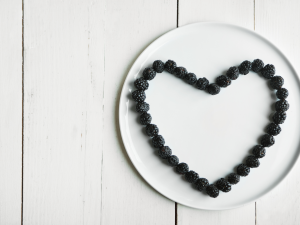
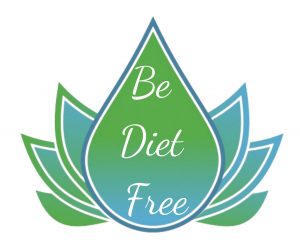


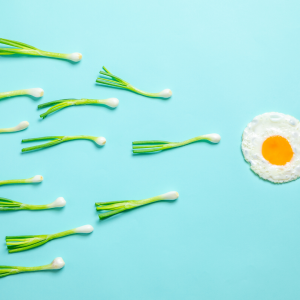


 When it comes to healthy eating for you and your family, the approach is certainly a team effort. Nutritious family meals can support every member of the family. Family mealtime offers one meal that can incorporate everyone’s food preferences and avoid parents and caregivers from being short order cooks. Let’s say goodbye to having the “kid’s” meal and the “adult” meal (unless, of course, there is a food allergy involved or food safety comes into play… more on that later!). Here are 5 tips to help you shape the most nutritious family meals for every member in your household.
When it comes to healthy eating for you and your family, the approach is certainly a team effort. Nutritious family meals can support every member of the family. Family mealtime offers one meal that can incorporate everyone’s food preferences and avoid parents and caregivers from being short order cooks. Let’s say goodbye to having the “kid’s” meal and the “adult” meal (unless, of course, there is a food allergy involved or food safety comes into play… more on that later!). Here are 5 tips to help you shape the most nutritious family meals for every member in your household.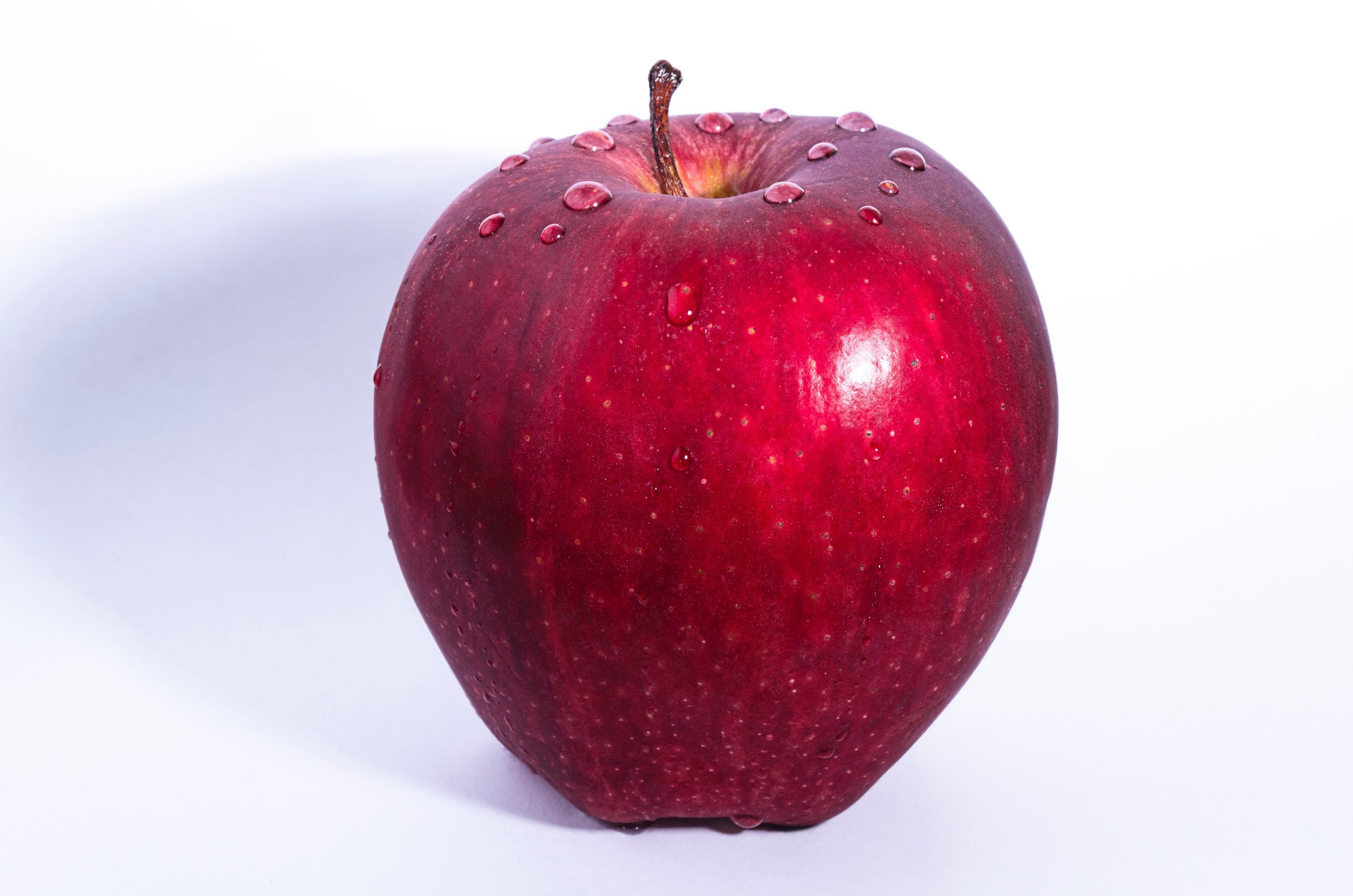
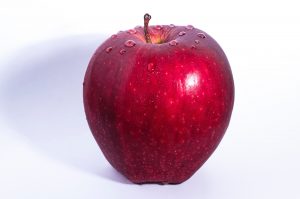 Applesauce= 1 cup
Applesauce= 1 cup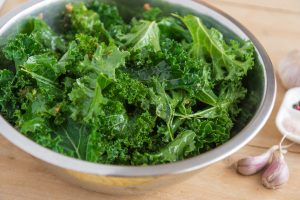 eans= 1 cup whole or mashed
eans= 1 cup whole or mashed Cornbread= 1 small slice (2 1/2” x 1 1/4” x 1. 1/4”)= 1 ounce
Cornbread= 1 small slice (2 1/2” x 1 1/4” x 1. 1/4”)= 1 ounce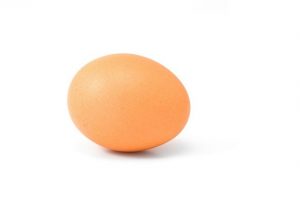 Almonds= 24 almonds= 2 ounces
Almonds= 24 almonds= 2 ounces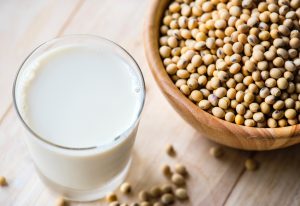 mond milk fortified= 1 cup
mond milk fortified= 1 cup